Vintage Tribal Kilim Runner 2' 10" x 8' 10" (34" x 106")
This item has just been sold
Type:
Kilim RugsCollection:
Tribal RunnersID:
K0077514Size:
Material:
The designs feature a rich array of symbols representing tribal culture and Anatolian motifs, often in the form of medallions, diamonds, and other geometric shapes.
The designs feature a rich array of symbols representing tribal culture and Anatolian motifs, often in the form of medallions, diamonds, and other geometric shapes. These kilim runners are ideal for hallways and narrow spaces, offering a touch of ethnic charm and artisanal quality to any interior.
Herki kilims not only serve as functional floor coverings but also as artistic expressions of tribal identity, making each rug a unique cultural artifact.
Colors
- Earthy Tones: The kilim runner features a warm palette, combining rust and beige tones. These earthy tones evoke a natural feeling and connect the design to the environment.
- Bold Accents: Bright colors stand out amongst the softer hues, adding vitality and energy to the overall design.
- Contrasting Borders: The deep brown border creates a striking contrast against the lighter center, framing the design and giving it a cohesive look.
- Subtle Gradient Effects: The variations in shades within the same color family introduce depth and texture, enhancing the visual interest.
Design Elements
- Geometric Patterns: The use of geometric shapes like diamonds and triangles characterize the design, embodying symmetry and balance.
- Repetitive Motifs: Repeated elements create rhythm within the design, strengthening its overall impact and cohesiveness.
- Negative Space: The areas of unembellished background provide breathing room, which helps the colored elements stand out more distinctly.
- Asymmetry: While the patterns are repetitive, the slight variations and placements add a touch of whimsy and organic feel to the design.
Main Motifs and Their Symbolism
- Diamond Shapes: Represent wealth and prosperity, symbolizing the abundance of nature and the importance of family security.
- Triangle Motifs: Symbolize stability, strength, and the connection to the earth. They may also represent the three elements: earth, water, and sky.
- Colorful Stripes: Stripes signify diversity and togetherness, indicating harmony among different tribes or families.
- Central Axis: The symmetrical layout found in such rugs conveys balance in life, suggesting the unity of body, mind, and spirit.
Summary
The vintage tribal kilim runner showcases a vibrant palette of earthy tones paired with bold accents, while the geometric patterns create visual rhythm and a sense of harmony. The motifs embody rich symbolism, representing prosperity, stability, and unity. Together, the colors and design elements create an aesthetic that is both striking and meaningful, making it a captivating piece of art.
- Ships in 1-4 business days
- Only one in stock, handmade, unique
- Free shipping via FedEx Express. Easy returns
- Contact us or add a note to your order if you want us to delay your shipping.
- Request more info if you want this rug shorter or narrower
Colors may appear slightly different across various monitors due to screen settings device differences, and external lighting conditions. If color accuracy is important for your space, we recommend viewing the rug on multiple devices or contacting us for a detailed color description. We can provide detailed photos and references using Sherwin-Williams, Benjamin Moore, Pantone, or even Crayola crayons.
You can also visualize most of our products in your own room with AR (augmented reality) on an iPhone or iPad.
Return Policy
Need a rug pad? We recommend RugPadUSA
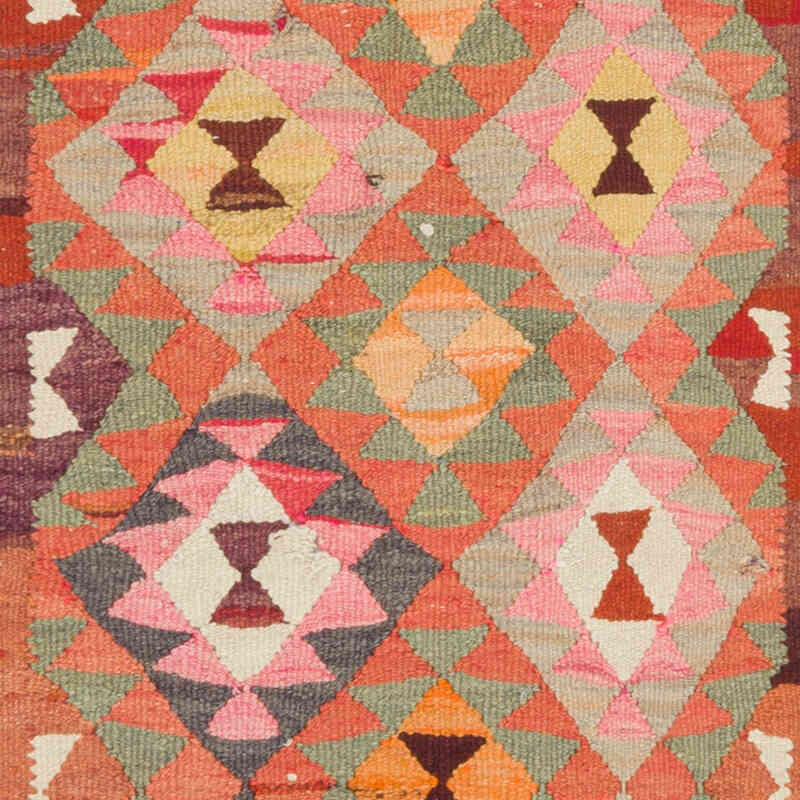
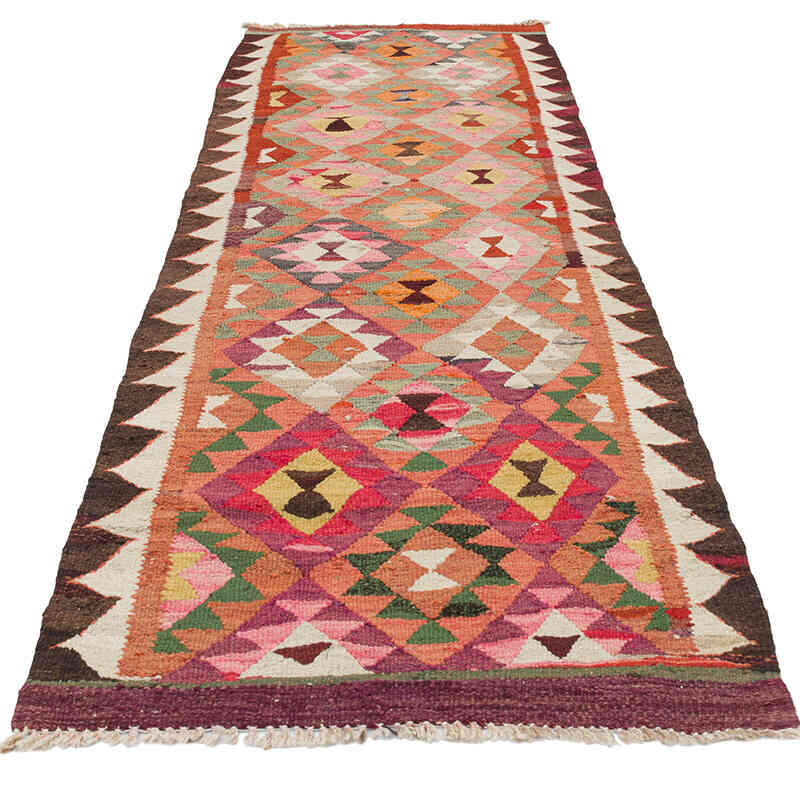
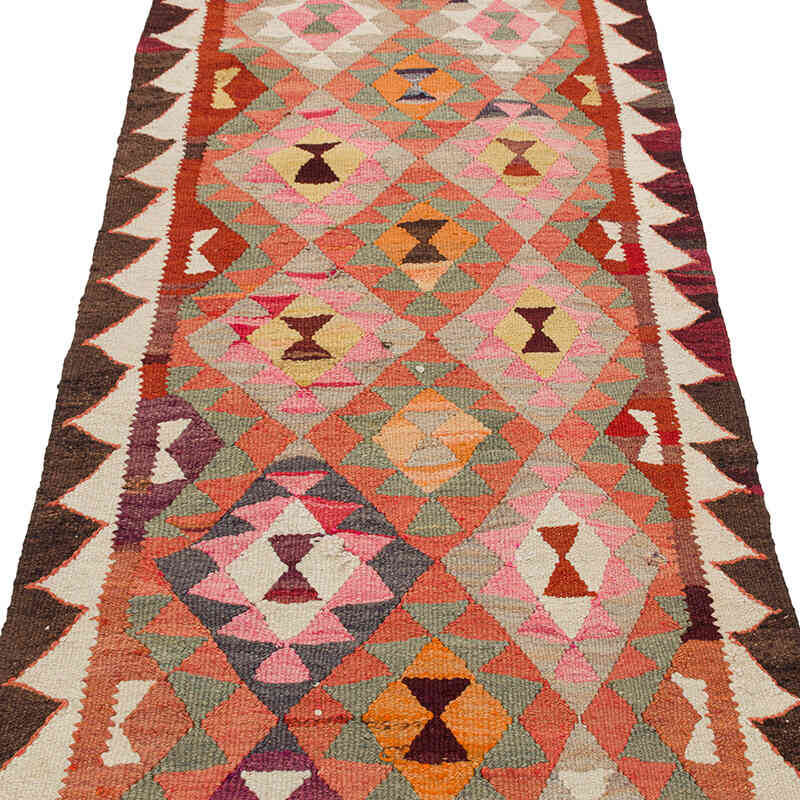
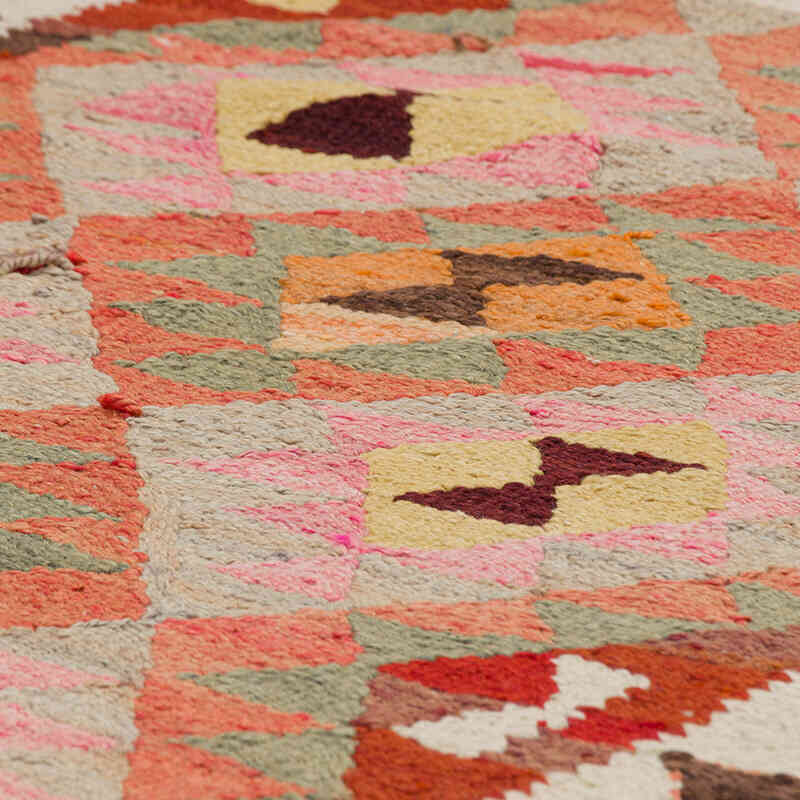
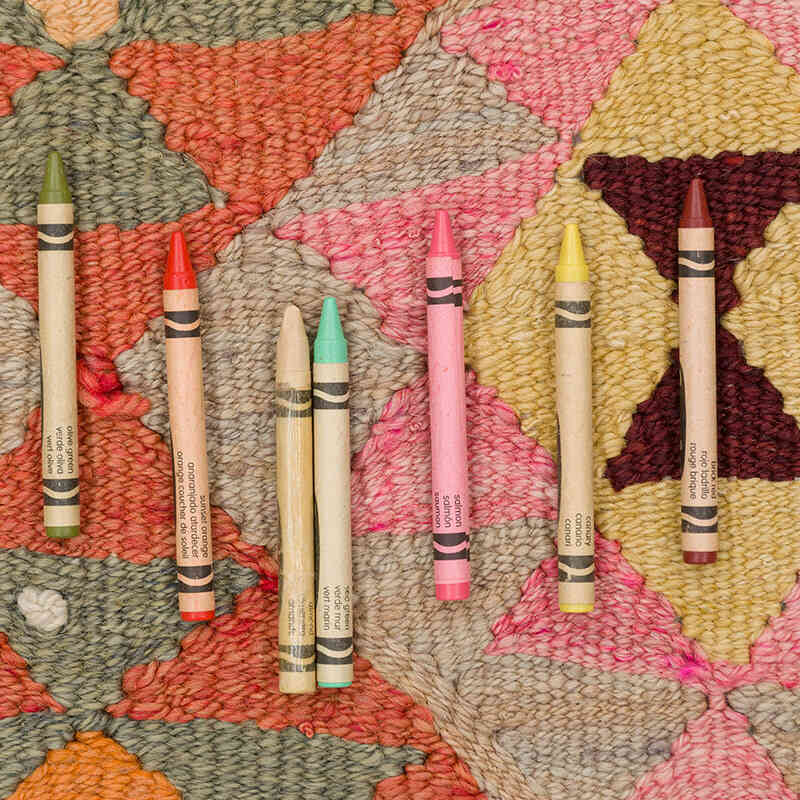
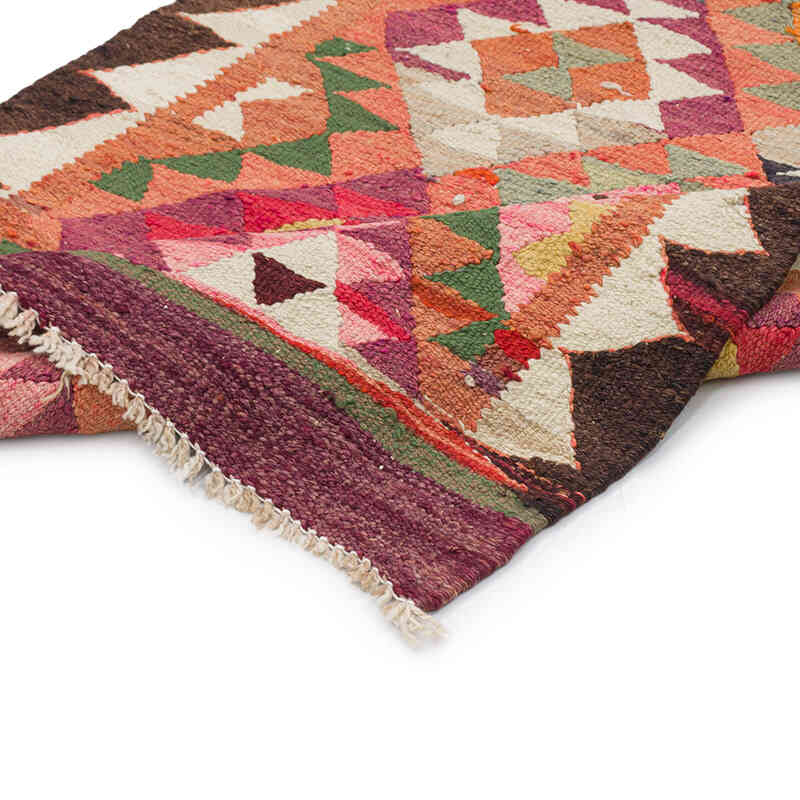










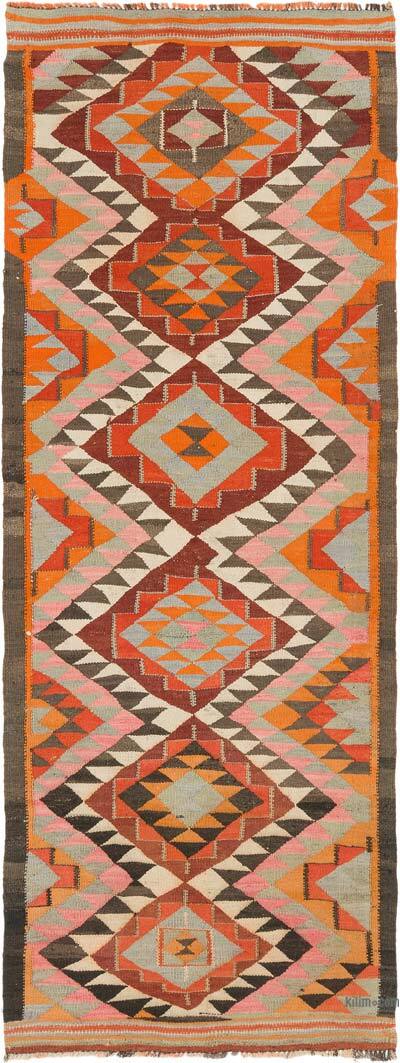




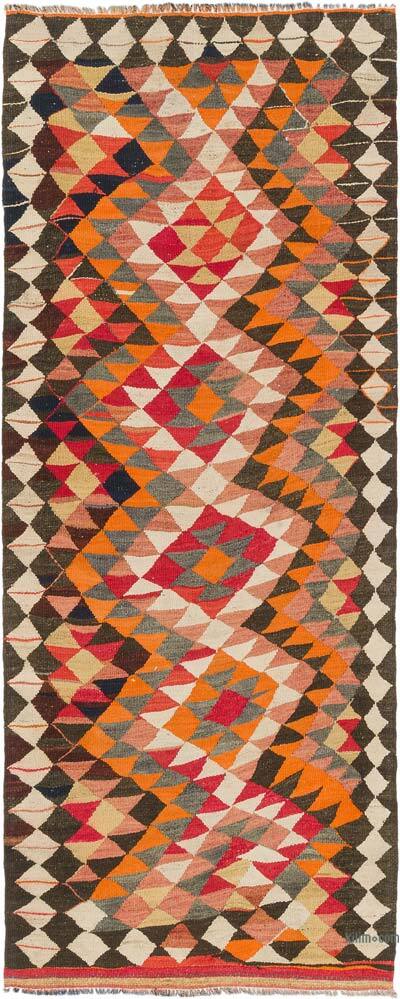
We ordered 2 kilims and were so happy…